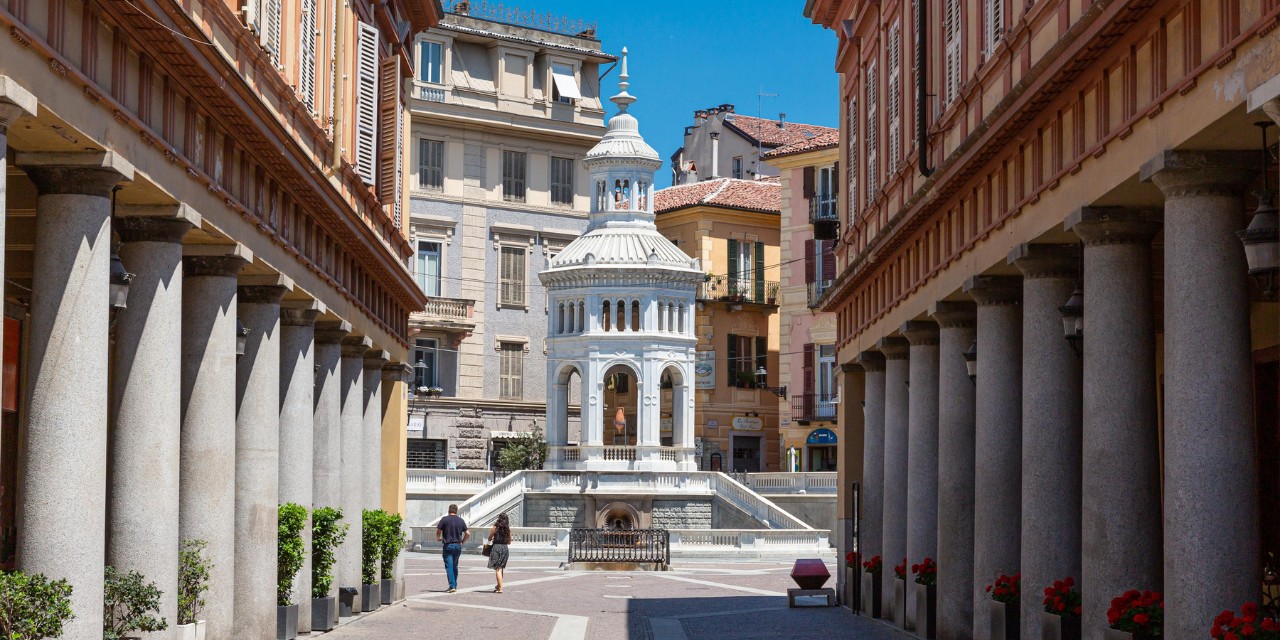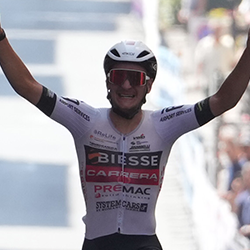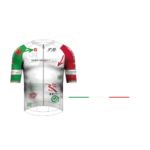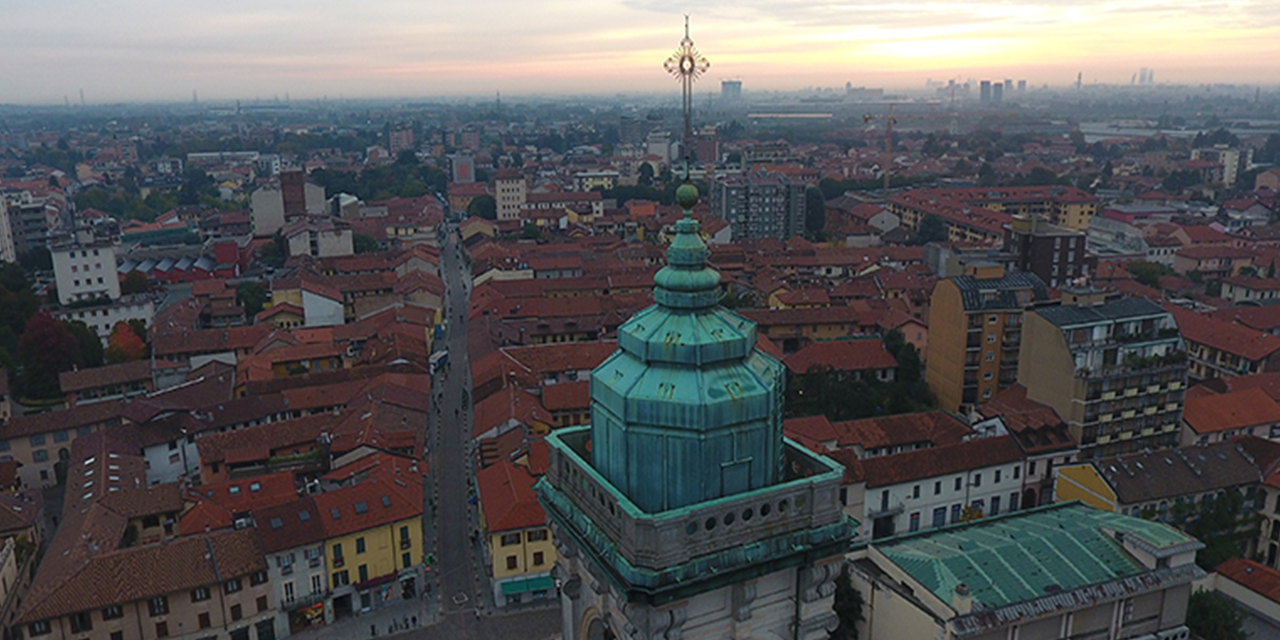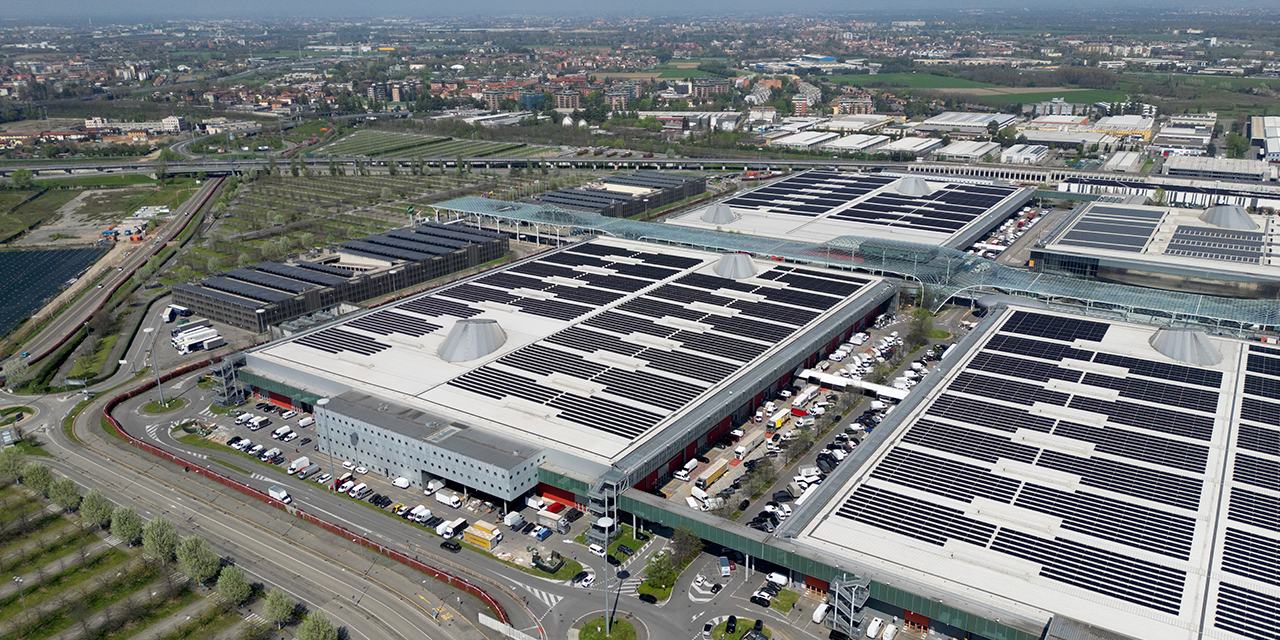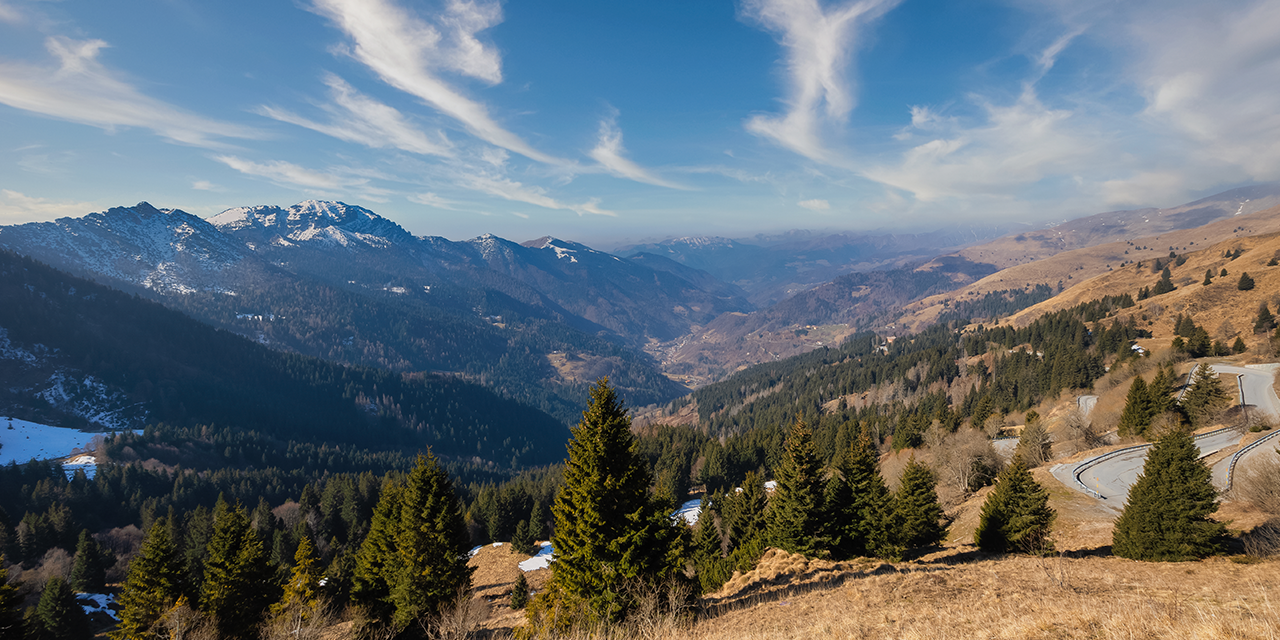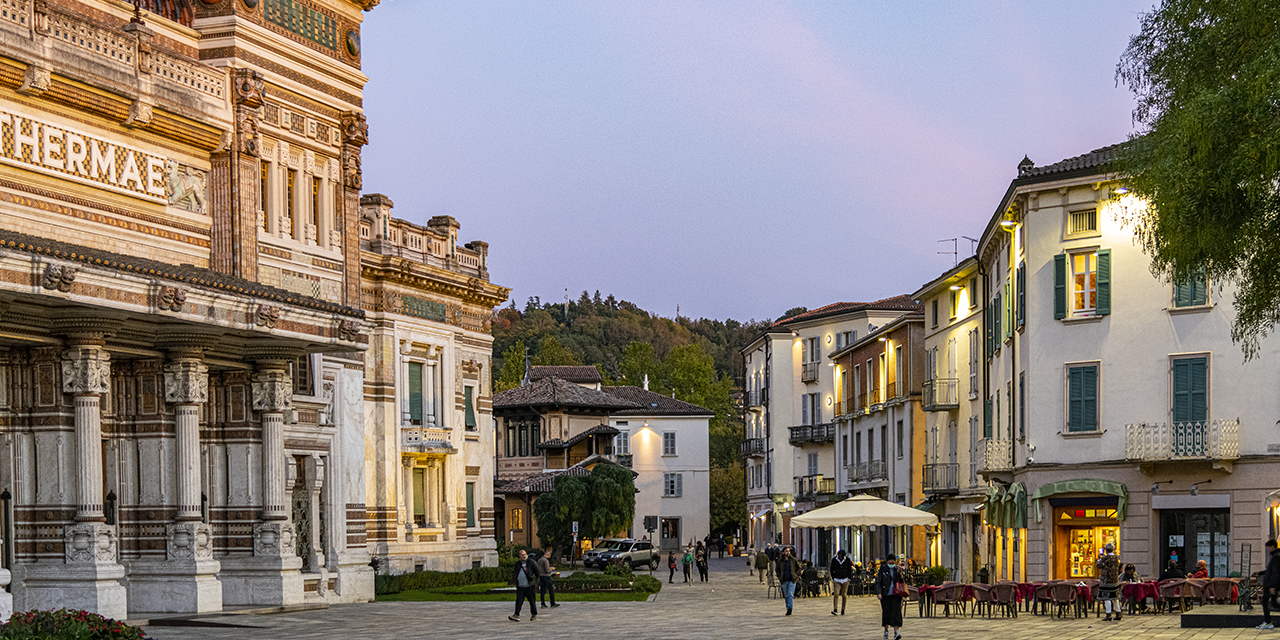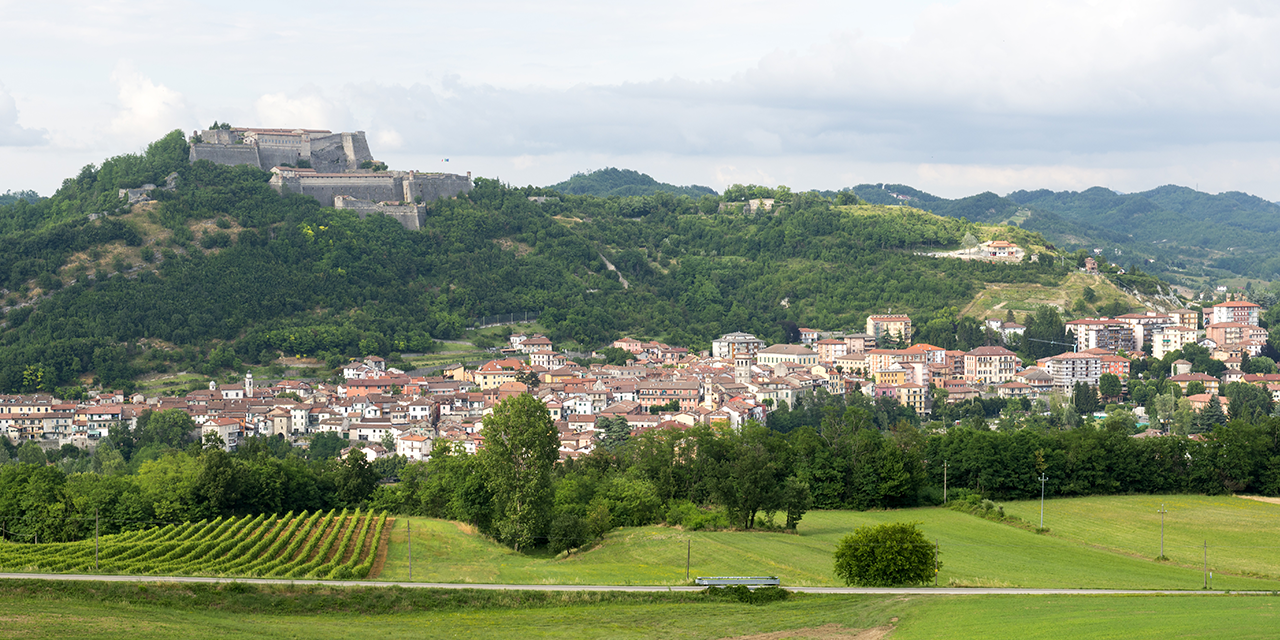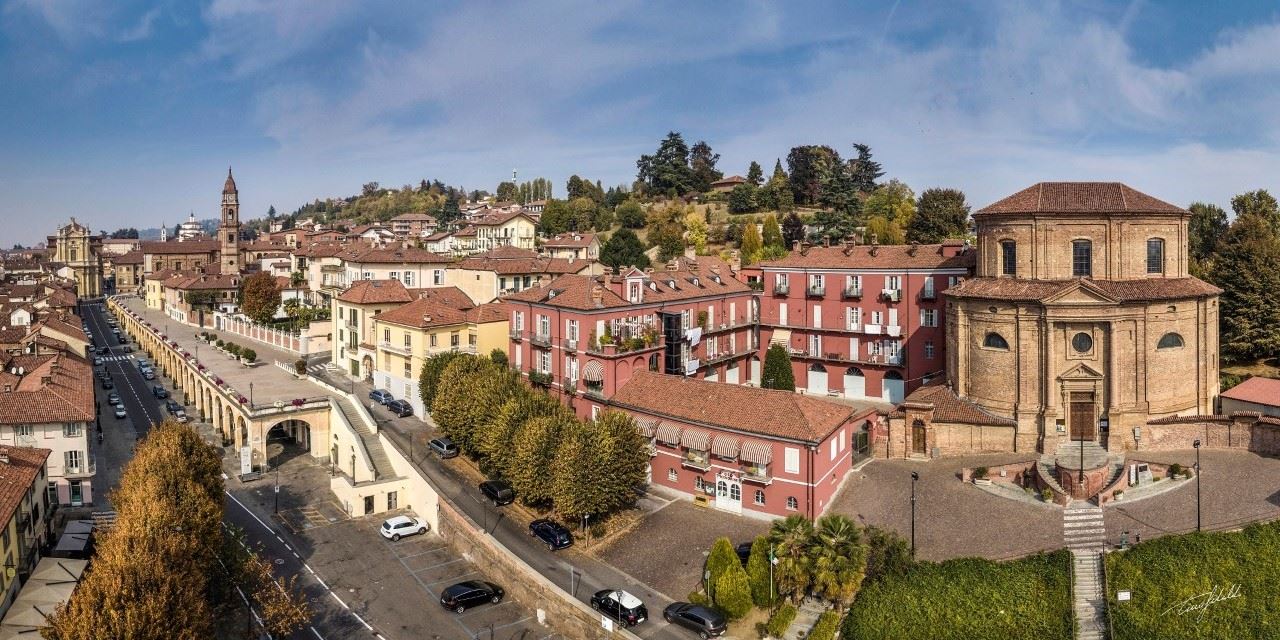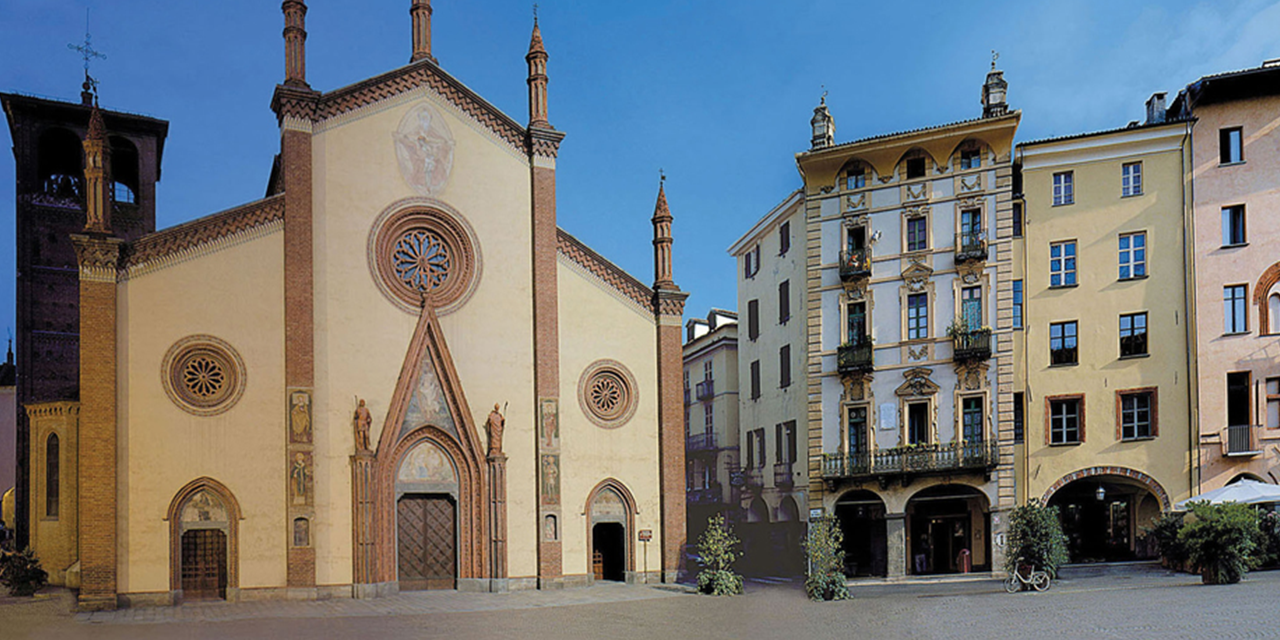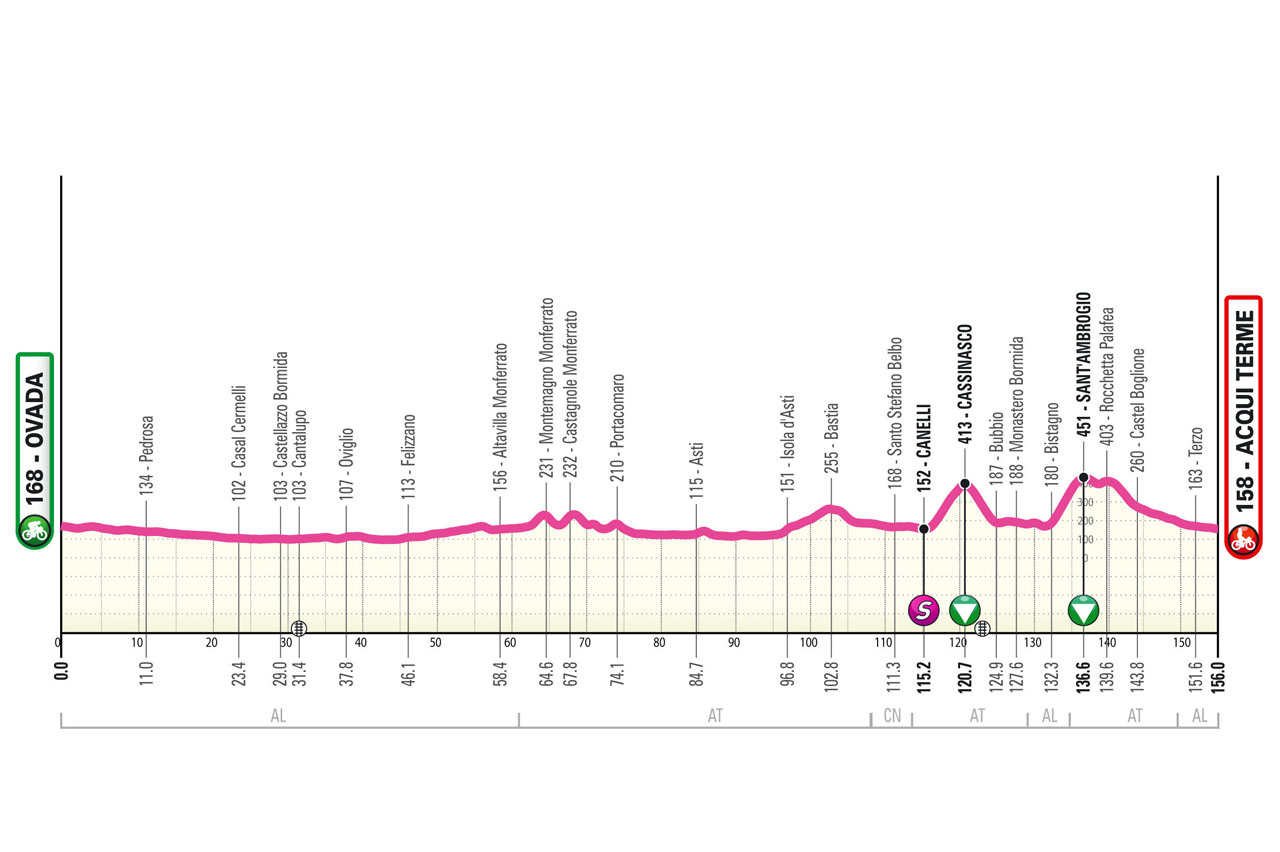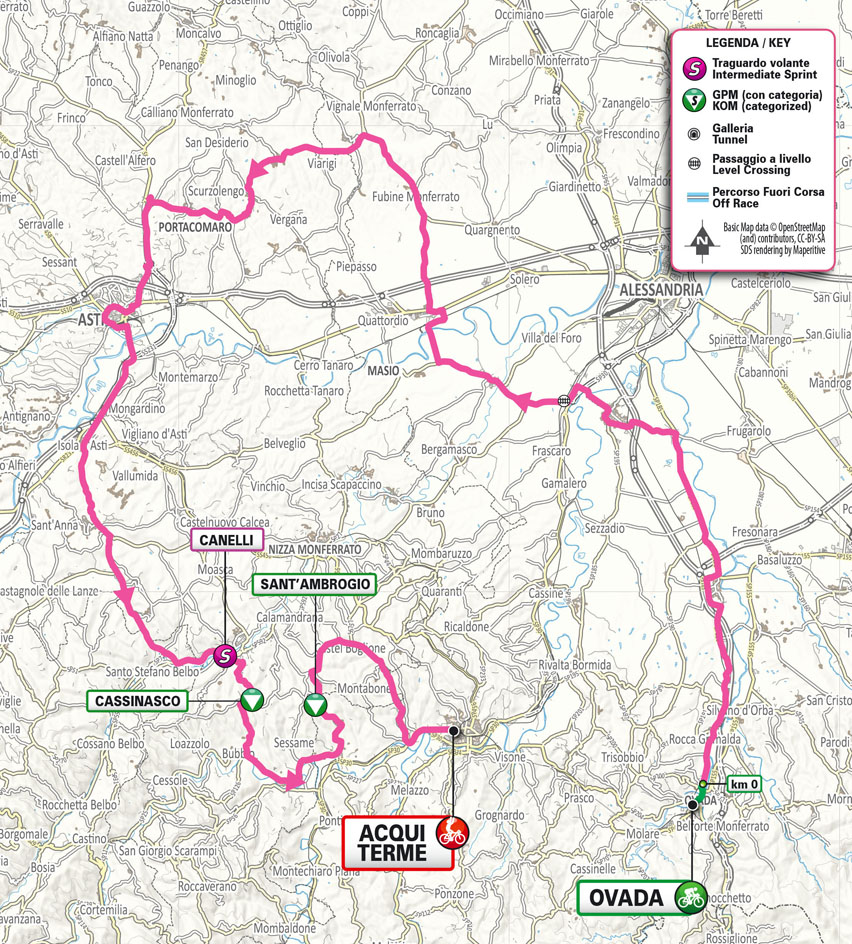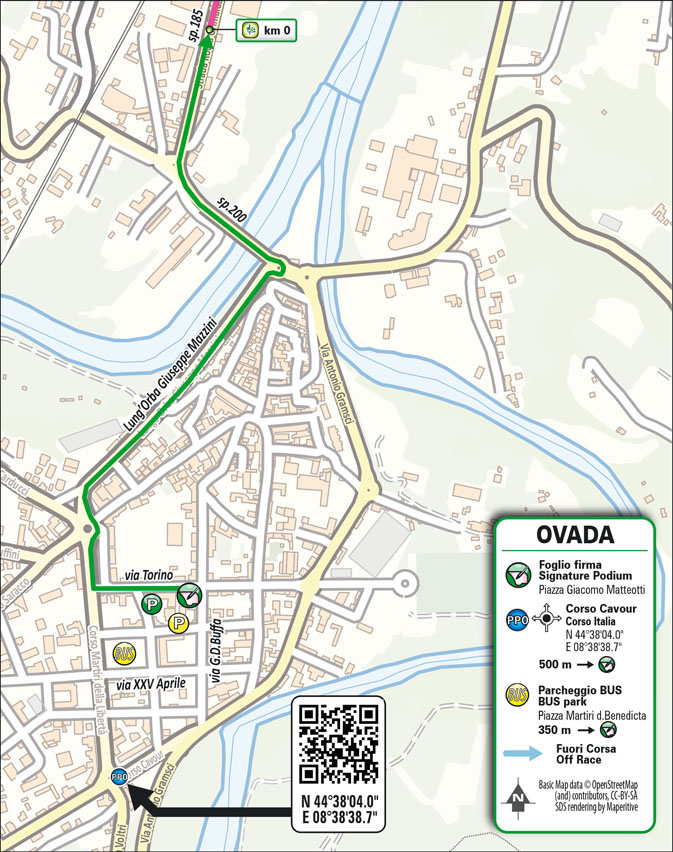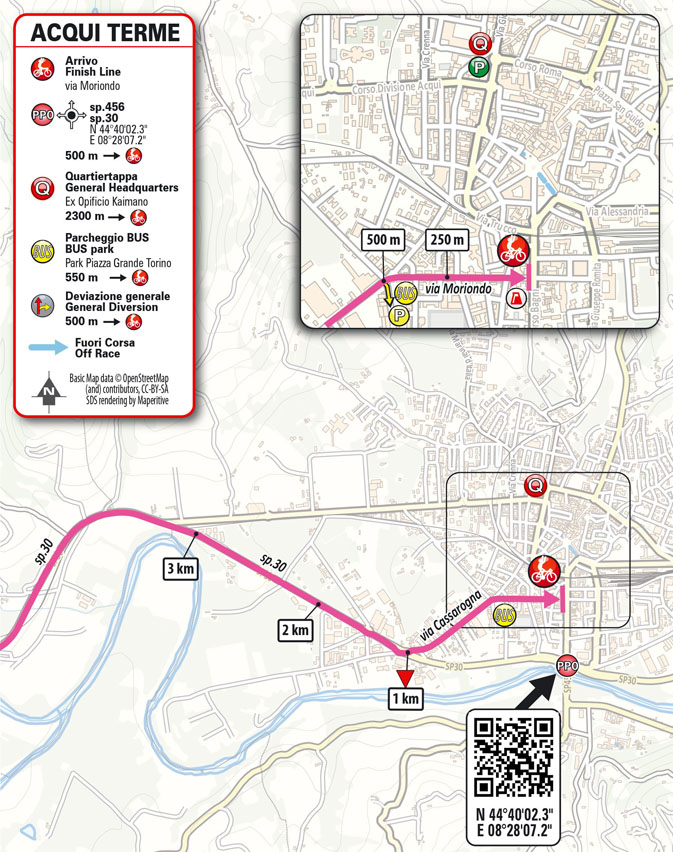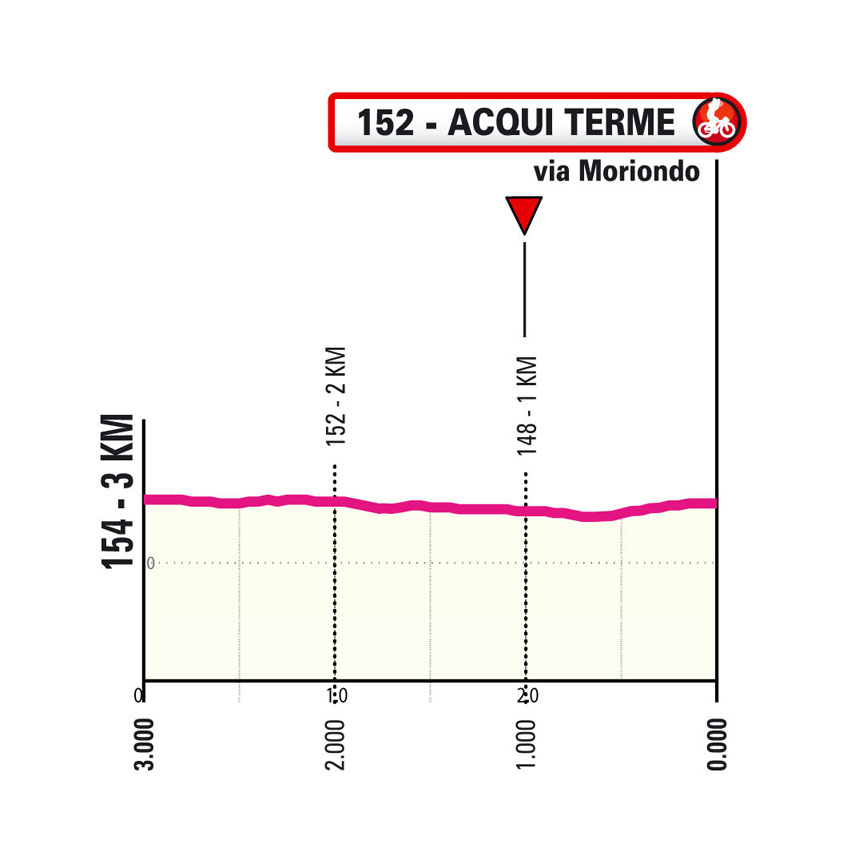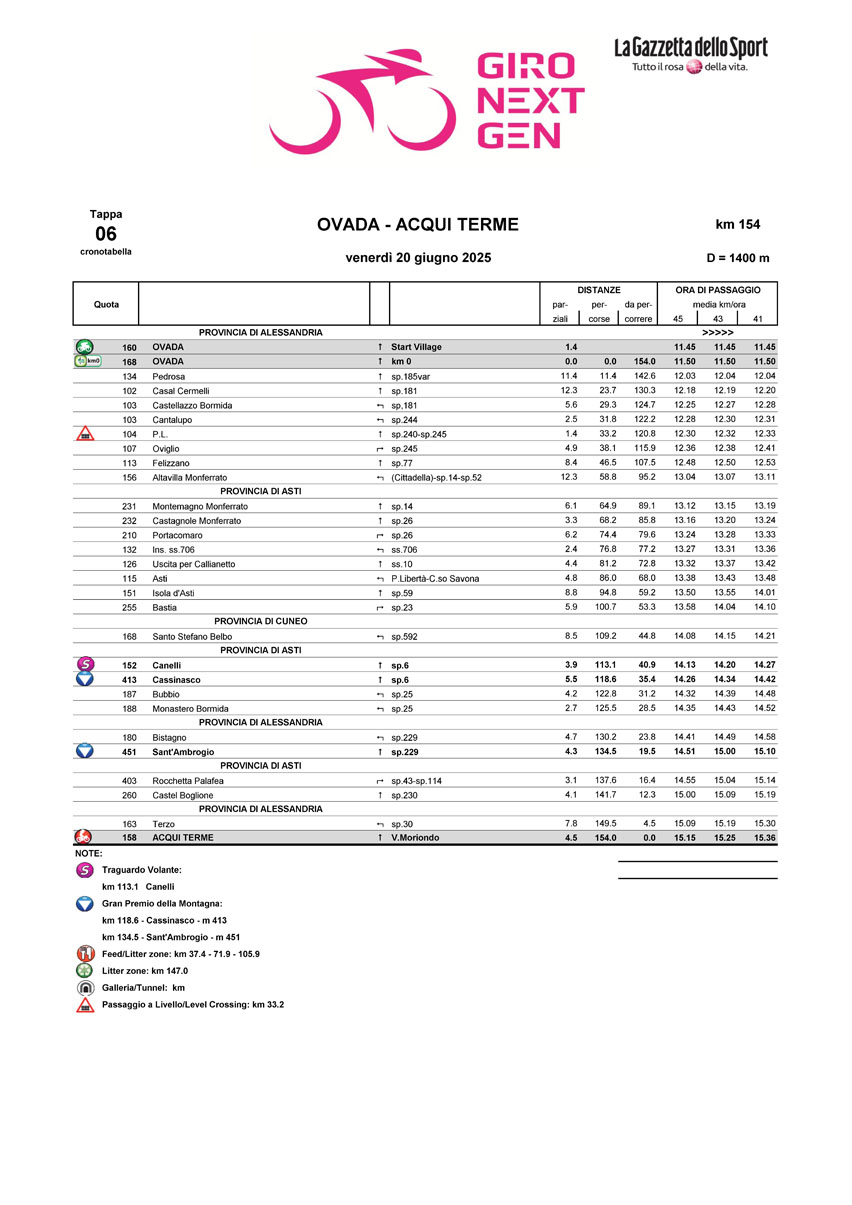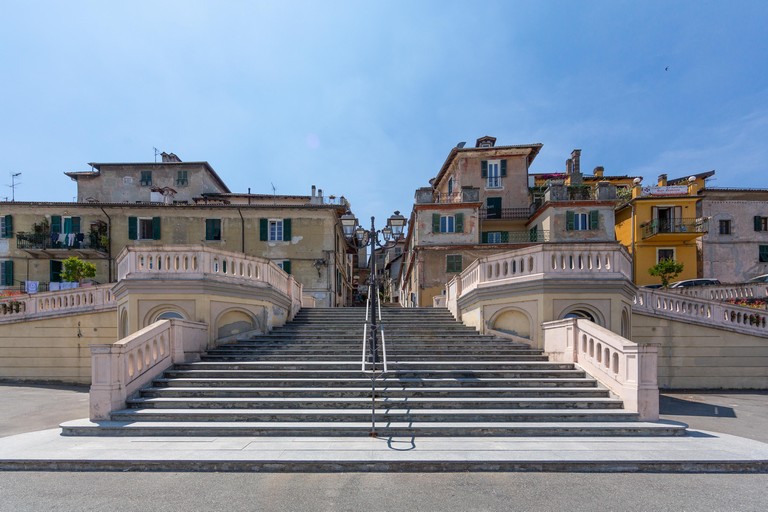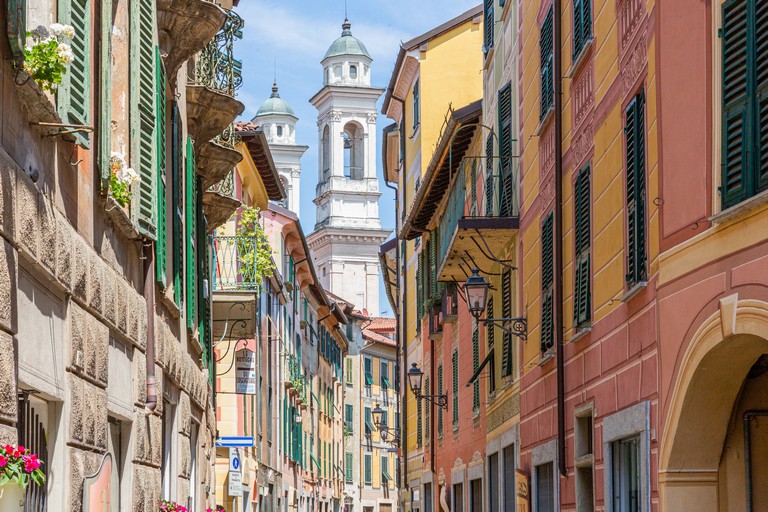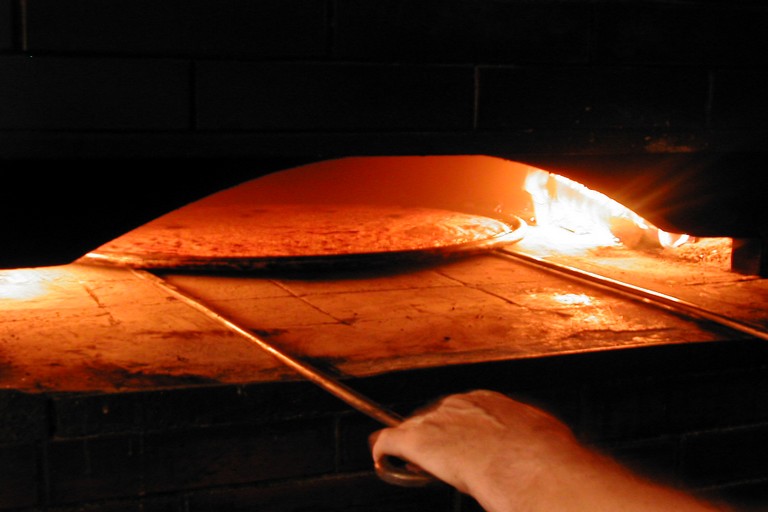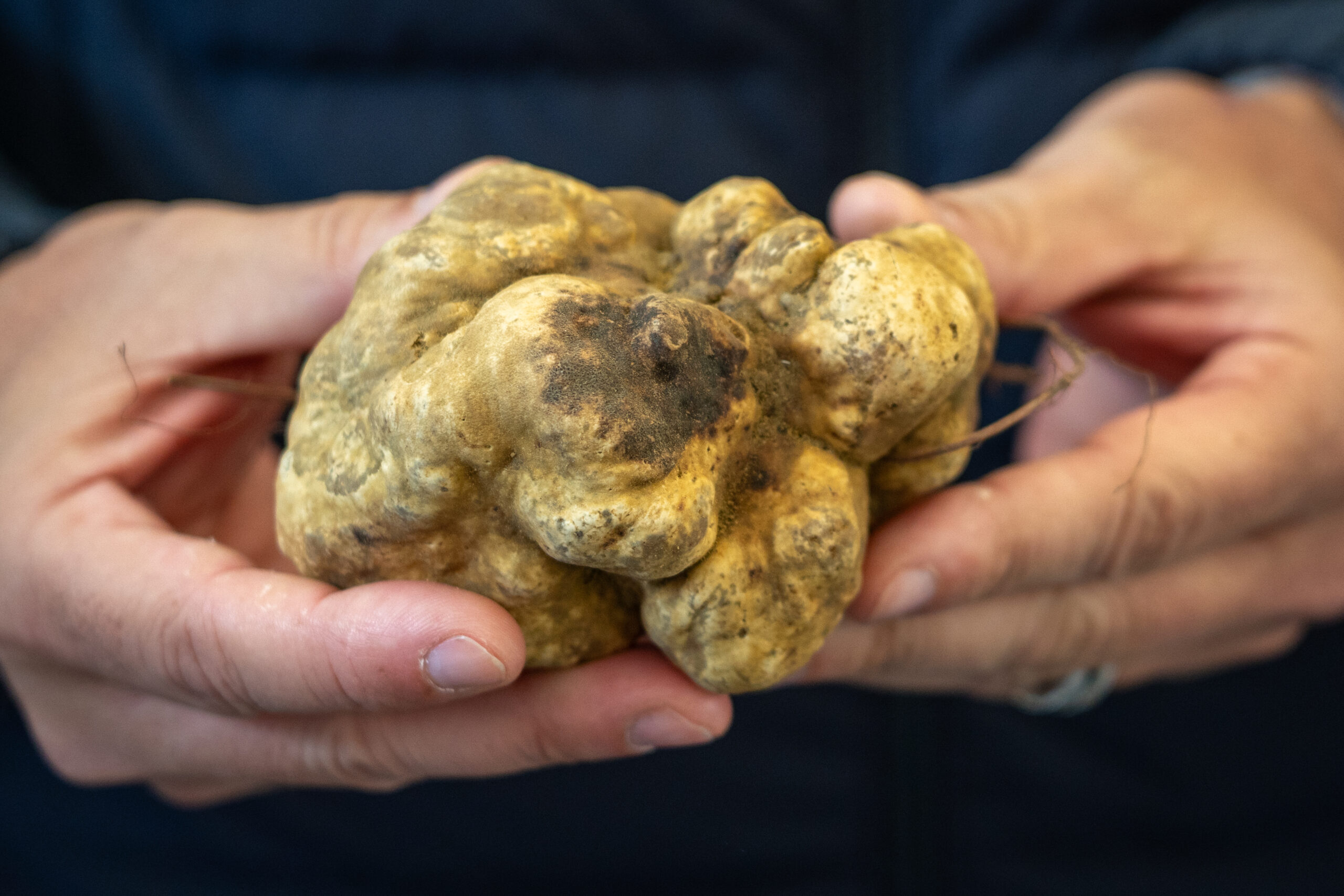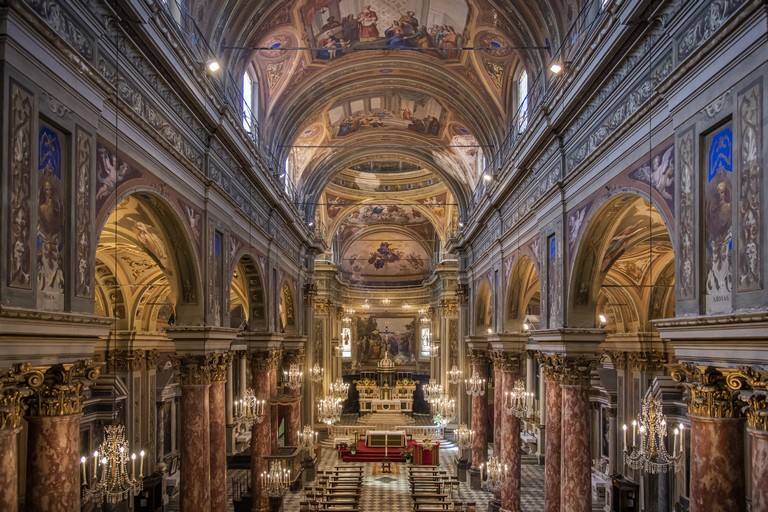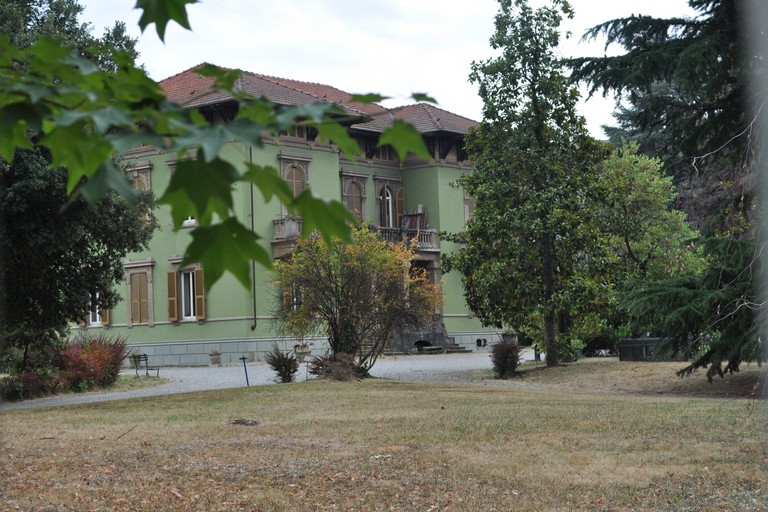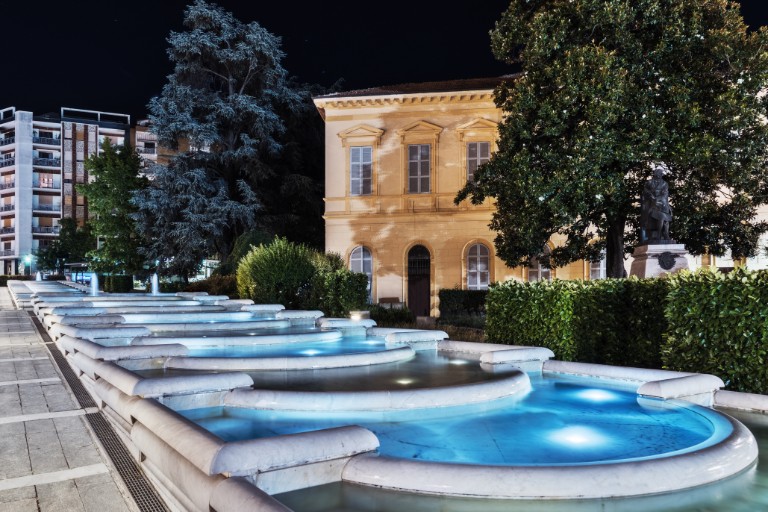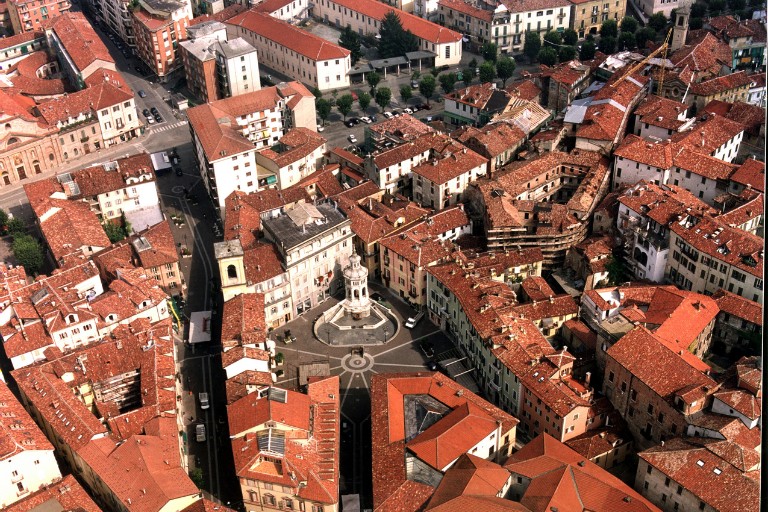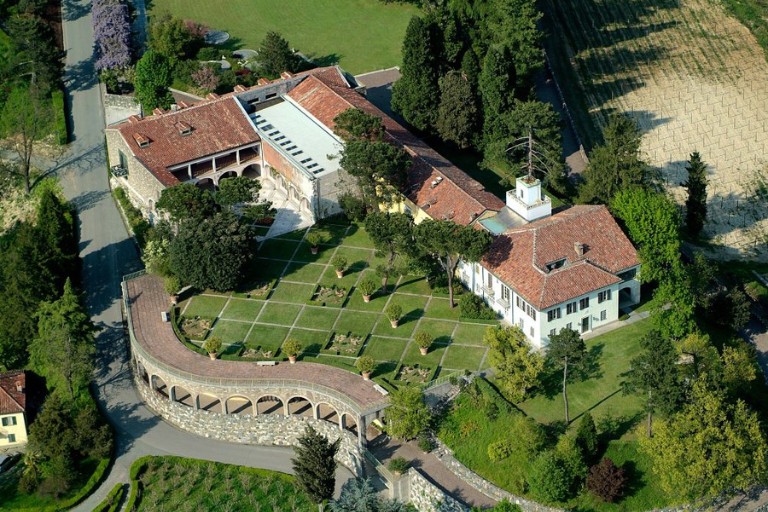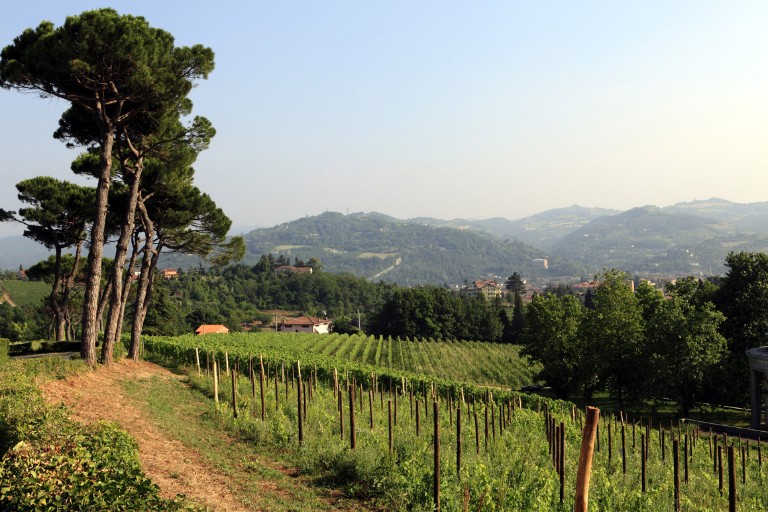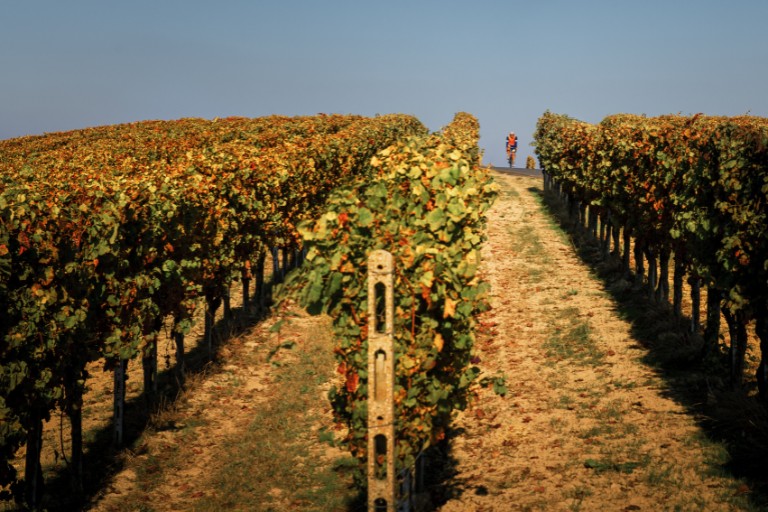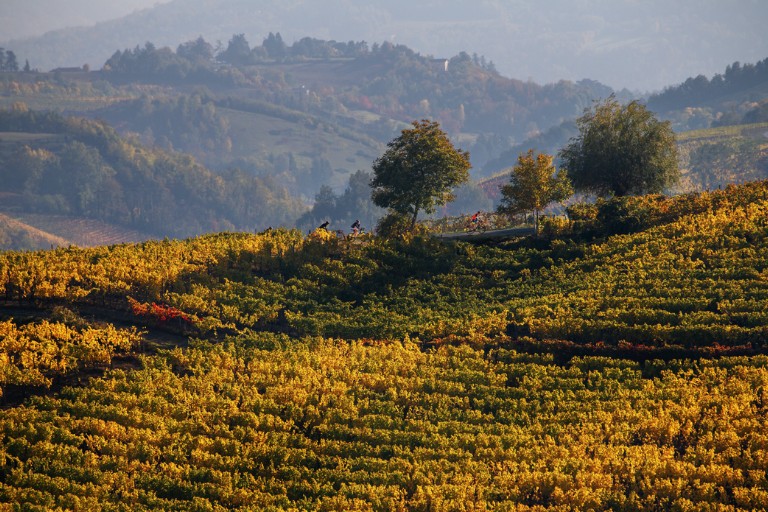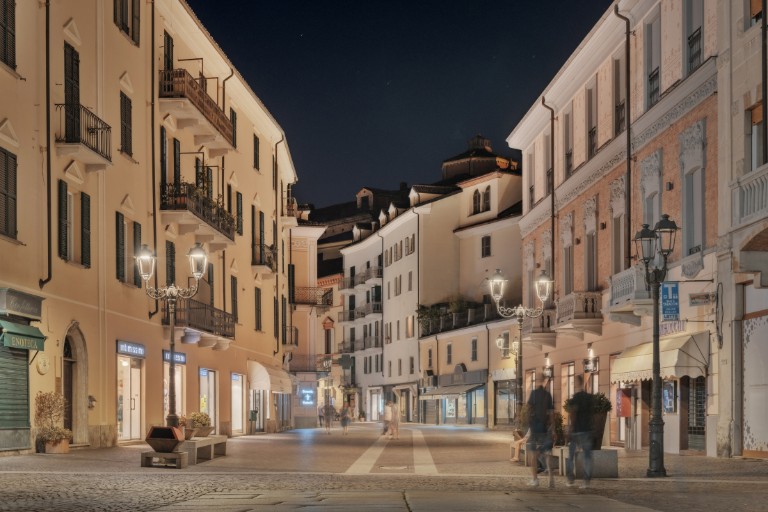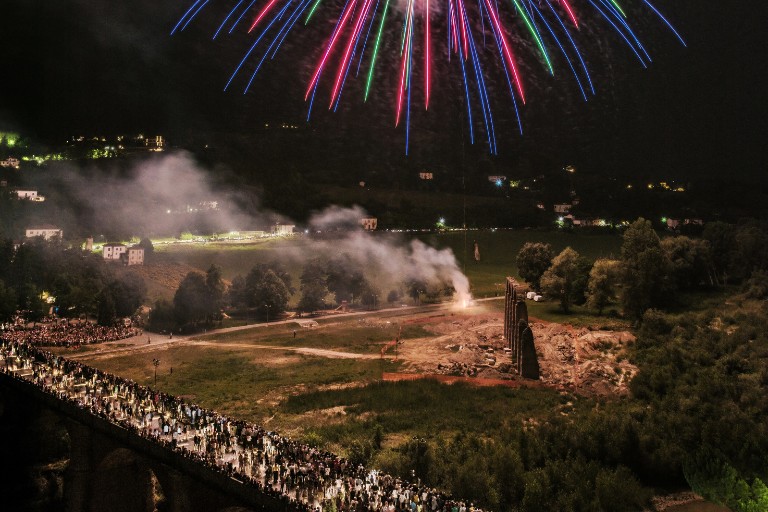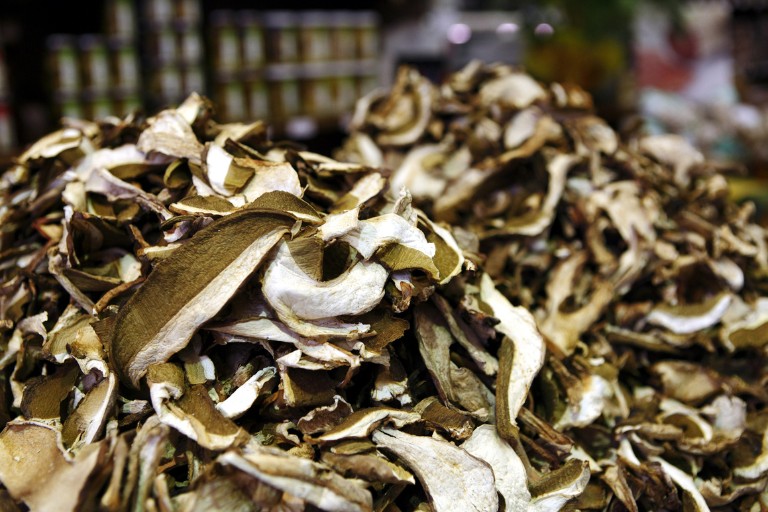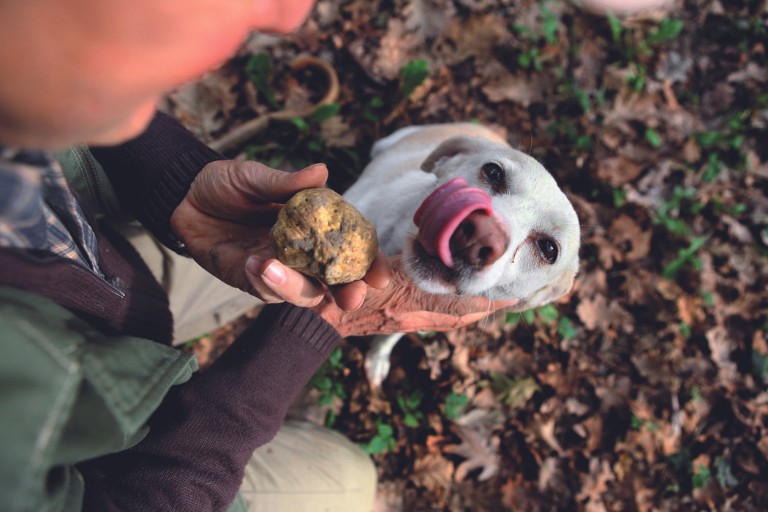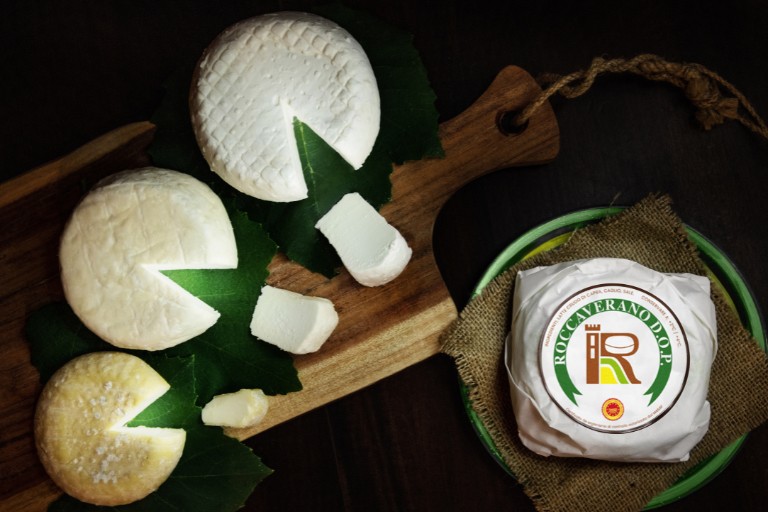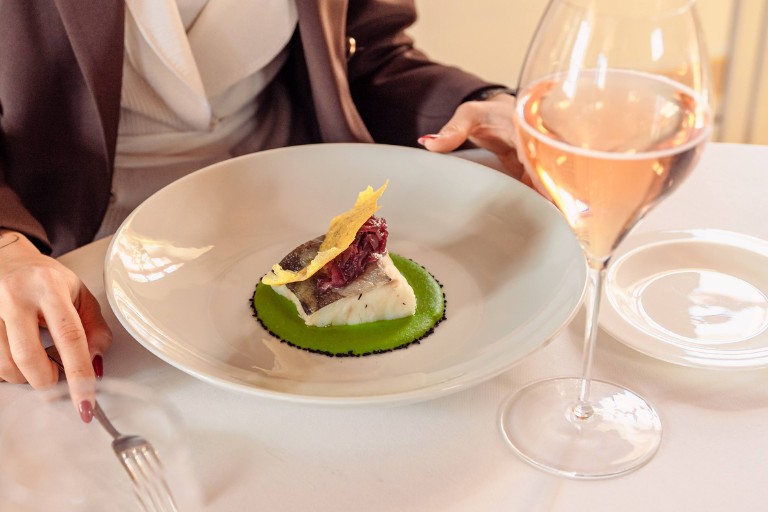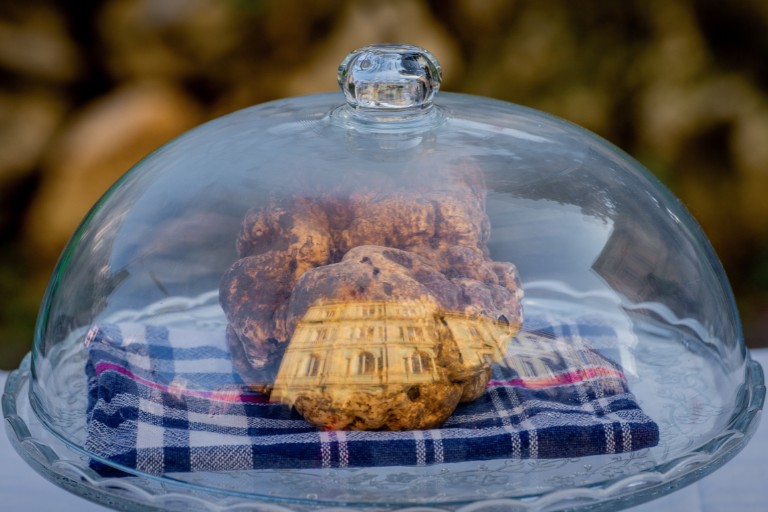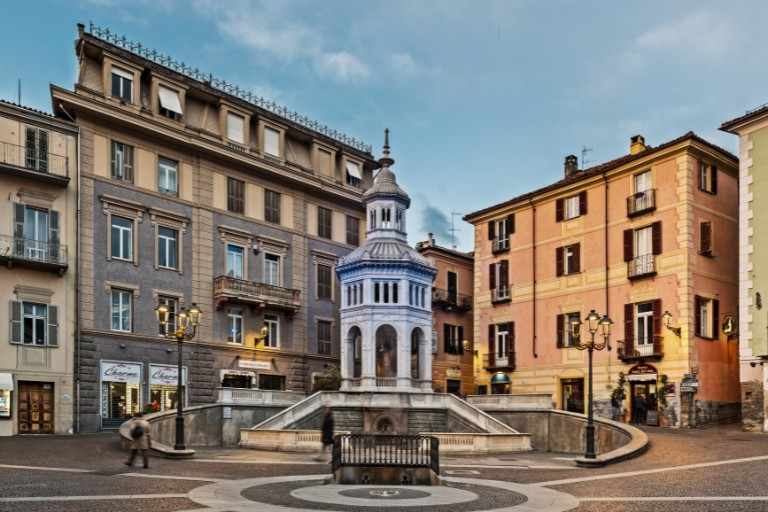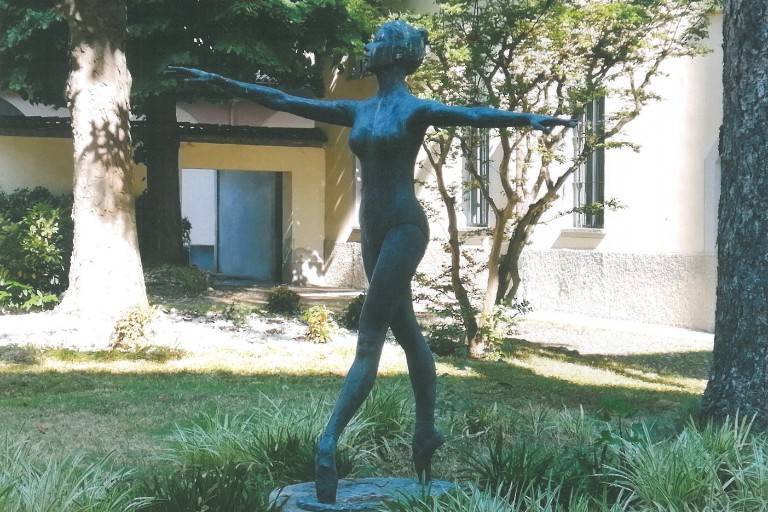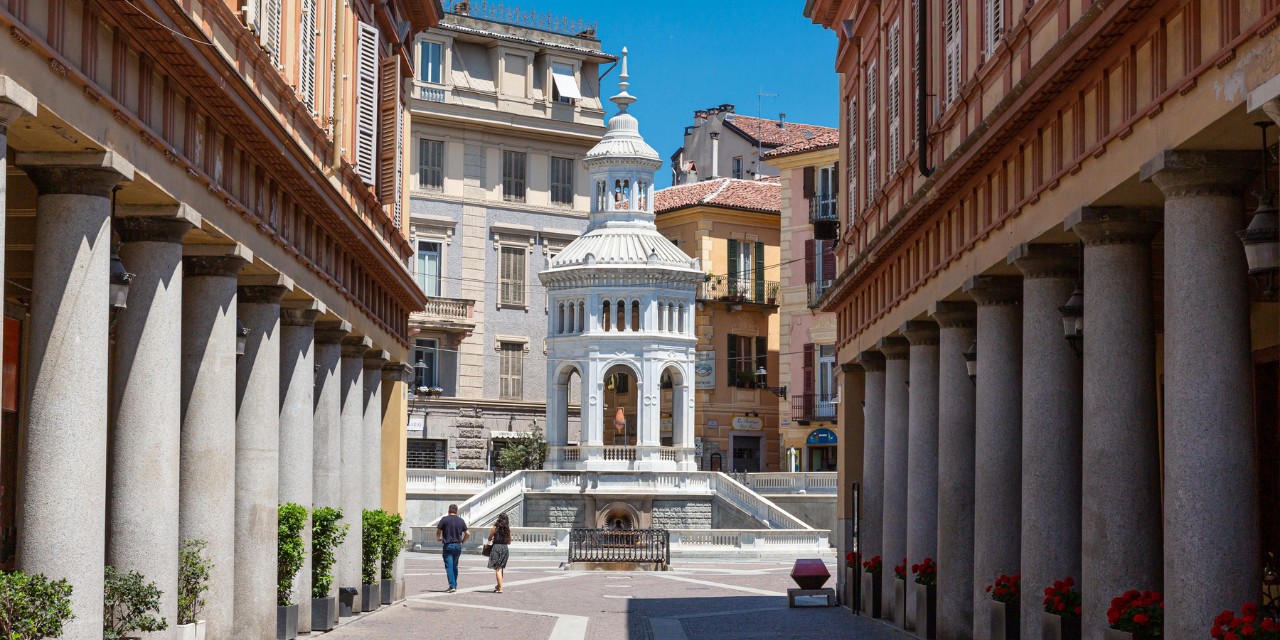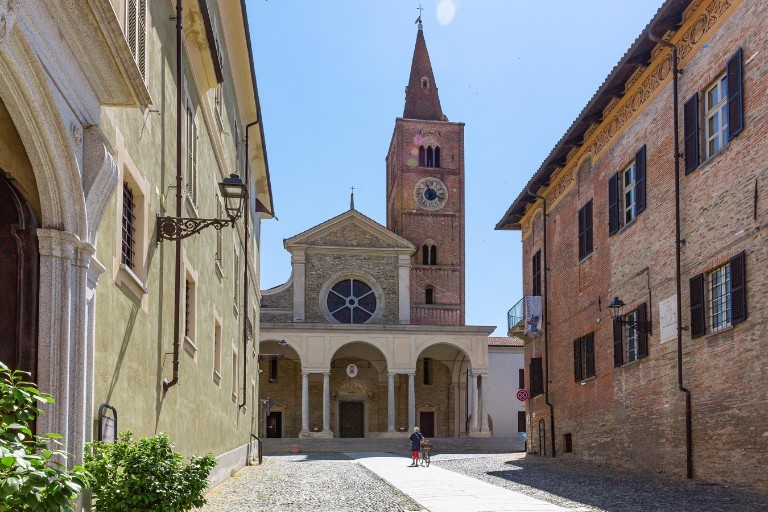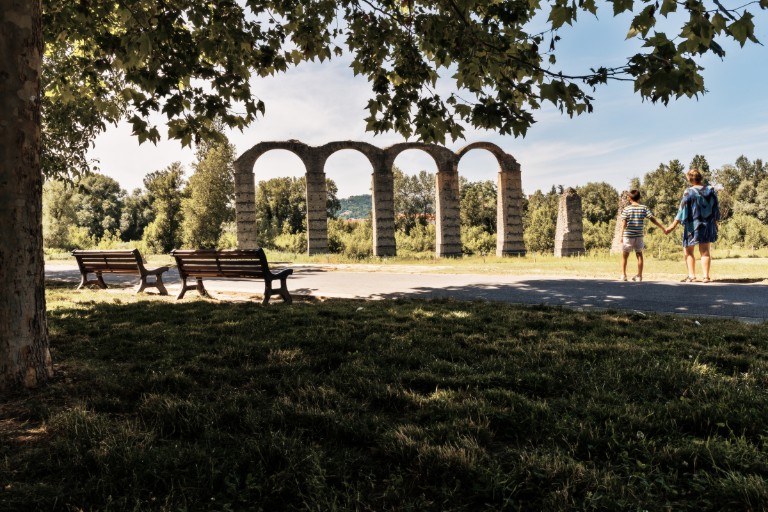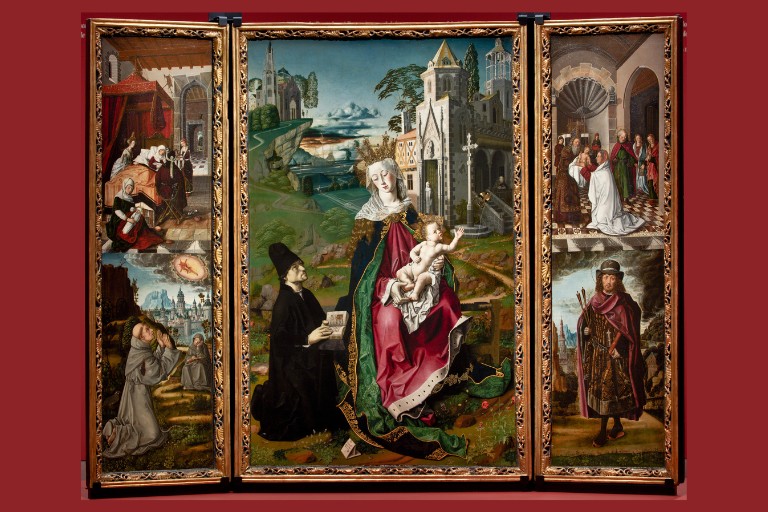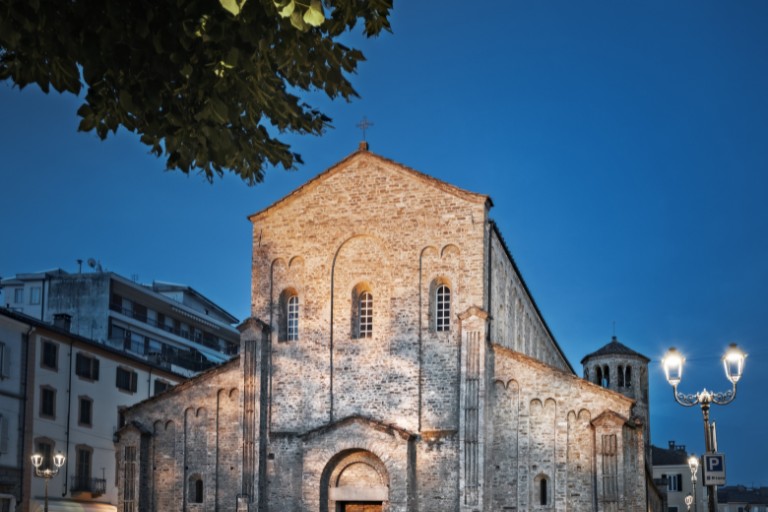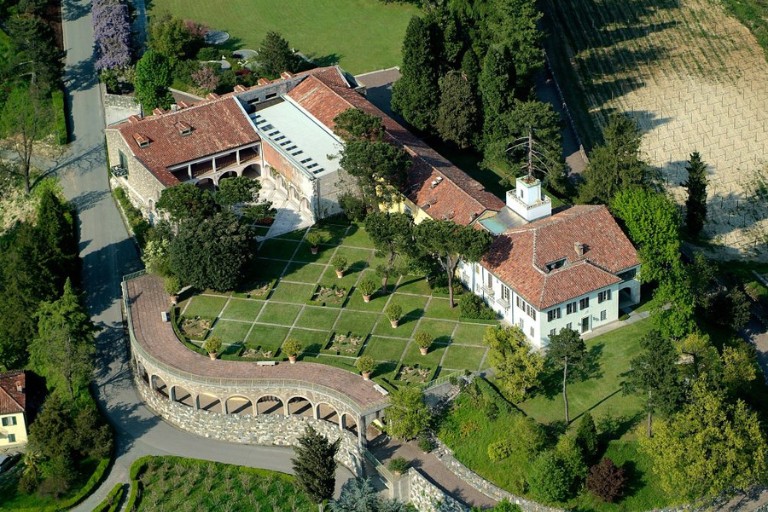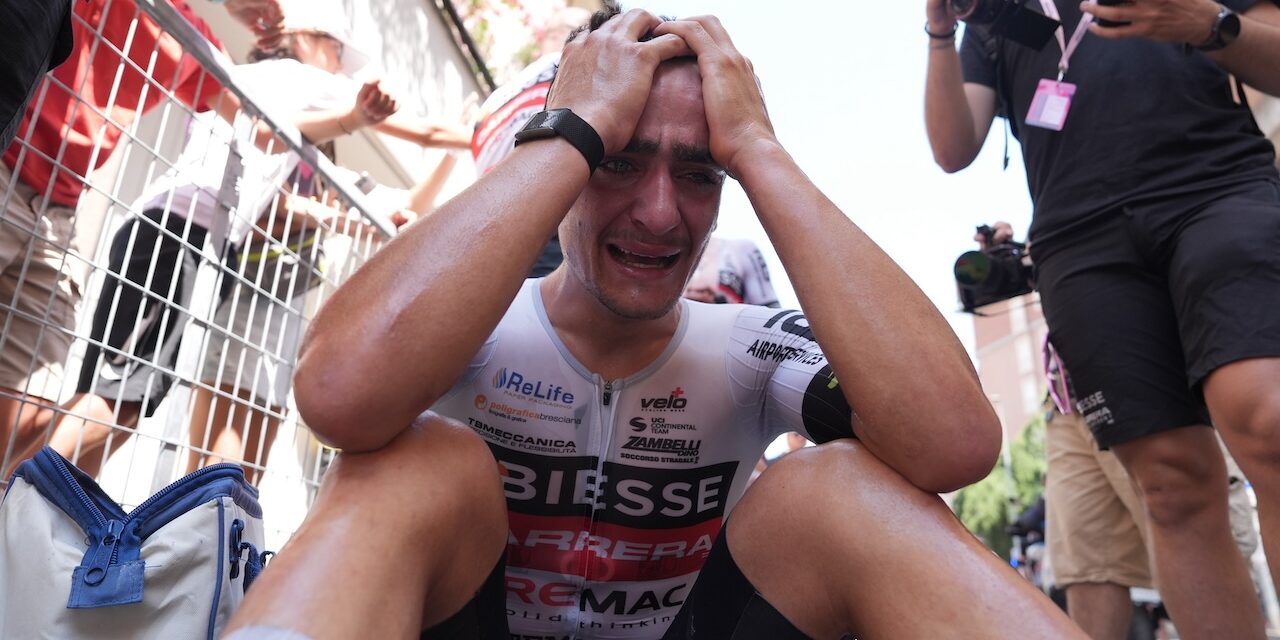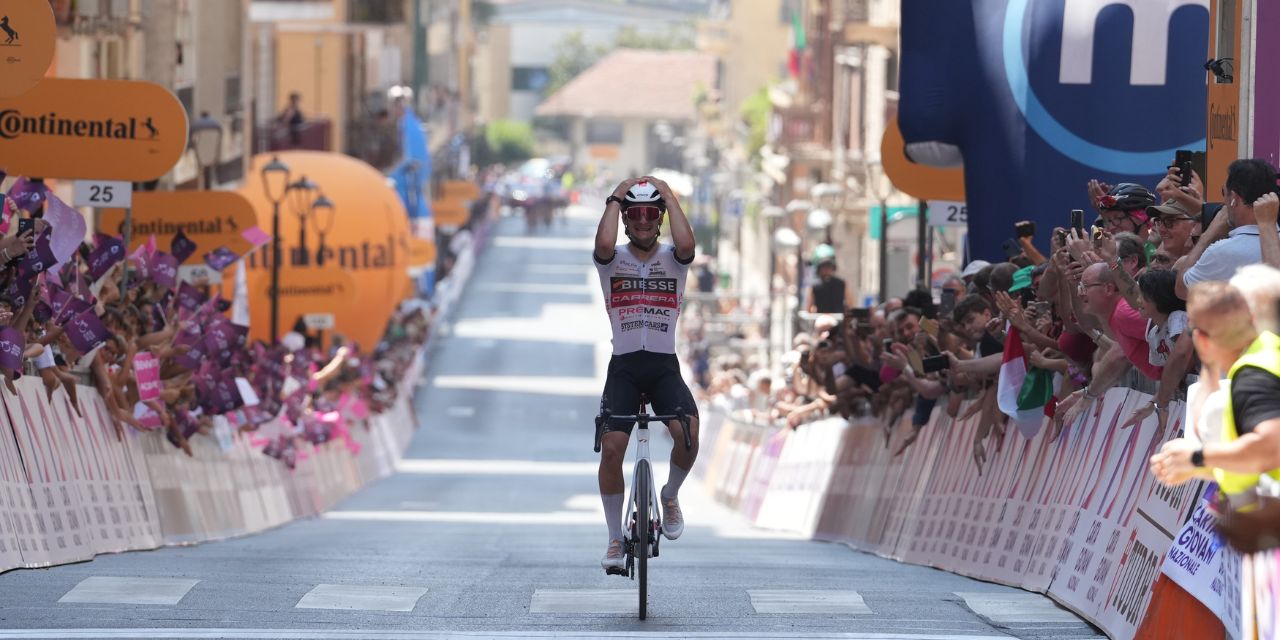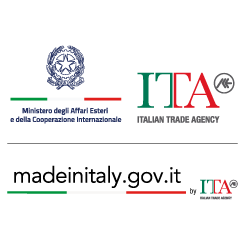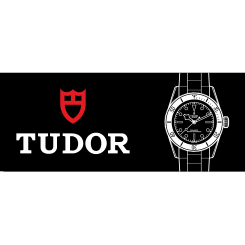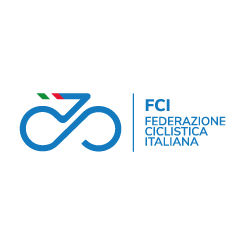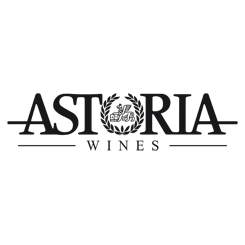learn more
technical info
profile
map
technical info
The last opportunity for the sprinters. A predominantly flat stage with a few brief climbs, including Cassinasco and Sant’Ambrogio. The finish features no major obstacles, making it likely to end in a sprint among a reduced group.
Last Km
The final kilometers run along wide, straight avenues with some roundabouts interspersed.
start / finish
final kilometres
itinerary timetable
tourist info
Host city:
Ovada
Overview
Ovada is mentioned for the first time in document dating back to 991 using the term Ovaga. Because of its strategic position and its fertile and generous hills, it was always the centre of interest for various dominations, resulting in the construction of numerous castles which still characterize the Ovadese landscape. The territory passed first to the Marchesi Aleramici, bearing witness to their most deep-rooted belonging, and later to the Del Bosco family. At the end of the 1300s, the French entered the arena, which was subsequently followed by Genoa for many centuries. The 18th century saw the domination of Savoy and, after the Congress of Vienna, Ovada finally became fully part of Piedmont and was annexed to the Province of Acqui.
Food
The forests rich in mushrooms, chestnuts and white truffle surround the hills and the characteristic villages of Ovade.. Ovada is rich in gastronomic specialties and recipes handed down over the years that our restaurateurs keep and revisit to meet your tastes.. Let yourself be conquered by the cuisine of Ovadese: ravioli in wine, farinata, slow-cooked braised, mixed fried and boiled, baked goods such as typical focaccia and traditional desserts.
Wines
The region of Ovada has always been suited for the production of wine, particularly that of the Dolcetto: since the 18th century, this variety of grape was called “Uva di Ovada” (Ovada’s grape). In 1800 Gallesio described in one of his works (Pomona Italiana) “The most esteemed Dolcetti are those of Ovada and its surroundings, it looks like the climate of these hills is the most fitting to the nature of these grapes, it grown perfectly without letting the grapes fall off (which often happens in the south) and gains a level of perfection which is not achieved anywhere else”.
A long history of prestige has brought the approval of the DOC in 1972, which also was the first DOC denomination of the Dolcetto in all of Piemonte.
Luigi Veronelli, one of the fathers of italian oenology, claims “it’s a wine that, unlike others of its kind, prefers an extended ageing like other more well known wines of Piemonte”.
Thanks to its features, great ability of ageing, important structure and the constant work of the producers, it had finally obtained the DOCG denomination in 2008, with the name of Dolcetto di Ovada Superiore of Ovada DOCG.
The surrounding hills, especially in the zones more suitable, are cultivated with the Dolcetto, which represents a genuine local delicacy which distinguishes the region of Ovada from other ares of Piemonte.
The area dedicated to the production of the Dolcetto includes 22 town of the Monferrato Ovadese. It’s a wine that is combined with the whole meal; in the DOC variant it is pointed out to be accompanied with Agnolotti, Pasta, soup, white and red meat, fresh or semi-aged cheese and to the traditional Farinata di ceci (chickpeas Farinata).
The DOCG wine is best accompanied with white or braised meats, mushrooms, and truffles (which populate our woods) and cured cheese.
Points of Interest
Ovada is a real box of little treasures, most of which you will not discover immediately and readily; the traveller must be curious and ready to explore enthusiastically: expect our courtesy, not too forthcoming though, but always willing to help with advice or suggestions.
When you arrive in the city you will see XX Settembre Square, a real crossroads of city traffic that connects the new districts and the historic centre. Now turn right and, in so doing, you will enter the heart of the city. On your left stands the Church of the Blessed Virgin of the Conception, completed by the Capuchin Fathers on the 21st of September 1631 as a symbol for the town’s liberation from the terrible plague epidemic.
The Church was looked after by the Franciscans, their presence in Ovada spanning almost 350 years. Adjacent to this structure is their convent and in front you will find a square with a small fountain housing the Statue of Saint Francis, Patron of Italy. Continuing always along the same street you will find Via Cairoli. The entire old town has a typical Genoese look, a footprint left by centuries of relationships and exchanges.
Via Cairoli, an elegantly paved street, is a real point of reference and meeting place for the people of Ovada. It is filled with shops and commercial centres, as well as historical buildings and residential apartments. Walking further along, you will find some prestigious buildings – the Theatre Torrielli at the beginning of the street and a little further on, Maineri Palace, which today houses the main cultural institutions of the city, including the Library and the Urbense Academy. This building has, over the years been used for a diverse number of reasons, inlcuding the Town Hall, the School of Professional Initiation and also the seat of the German Command during the dark years of the war.
You have now arrived in Assunta Square and you cannot be mistaken – the road is simply straight. You will find yourself in front of the Assunta Parish Church, founded in 1772, a building reaching almost 50m in height, which, with its two bell towers, represents the most important symbol of the city. Inside you will find marble furnishings, paintings of the utmost value and you can begin to comprehend the city culture and our spiritual references. You wouldn’t want to stop here, would you? Well, then once out of the Parish you will find Garibaldi Square, dedicated to the Hero of the Two Worlds and two fellow citizens who accompanied him on his adventure.
This square was once the seat of the social and political life of the city, a place of fervent electoral rallies and gymnastics at the time as the fascist Sabbath, but also of the dinner of the brotherhood to which, in 1848, ovate notables invited the people, putting themselves at their service, even if only for one day. Continuing to Via San Paolo, after a few steps you will find the Oratory of Annunziata: built in the 1400s, it was renovated, redecorated and restored in the middle of the 18th century. It is a real architectural jewel and it contains two processional cases by Anton Maria Maragliano, Genoese sculptor of utmost importance and prestige. A little further ahead we find the “Casa Natale di San Paolo della Croce”, patron of the city and founder of the Passionist Congregation. In front of it, is the Church of Saint Maria of Grazie, known as Saint Domenico, founded in 1481. The building has a simple facade and the interior houses a statue of the Madonna of the school of Filippo Parodi. During the Napoleonic age the Church was used as barracks and as a warehouse. It underwent several restorations and bore witness to some unfortunate incidents, one of which was a fire which occurred a few years ago and destroyed the organ and blackened the plaster.
A few more steps along and you will find the Maineri-Rossi Palace, from whose windows you will hear the unmistakable sounds of the students of the Rebora School of Music, who continously learn the art of playing an instrument and preserve the musical tradition of our city. Returning to Via Torino and entering Via Buffa, we see the Splendor Theater. Inaugurated in 1902, it is part of the Ricreatorio, the artistic work of the Ovada educator Don Giuseppe Salvi.
We are about to complete the square that formed out tour by continuing on Via Torino and encountering the Delfino Palace, now the Municipal seat, built by a private individual as his bank and private home. We have now returned to XX Settembre Square. To the west is the Monument to the Fallen, its erection made possible through charitable donations from the families of Ovada.
The time has come for a little rest and in Via Carducci you will find the beautiful Park of Villa Gabrieli which, with the nearby Pertini Park, constitute the two green corners of our city. Don’t think you’ve seen everything – this is just a small sample. There are still many things to discover, some of which include the characteristic Loggia of Saint Sebastiano, the Oratory of Saint Giovanni, decorated in Rococo style in the 1700s and which comes alive every year with the traditional Procession and the Maini Paleontological Museum, which houses fossils and minerals from the local area.
Acqui Terme
Overview
Acqui Terme is a fascinating spa town already renowned in Roman times for its steaming waters. It is surrounded by vineyards and landscapes recognised in 2014 as a UNESCO World Heritage Site for their breathtaking beauty. Located in the province of Alessandria, a borderland between Piedmont and Liguria in the Alto Monferrato area, this town is rich in environmental, landscape, artistic and eno-gastronomic attractions, not far from the large cities of Genoa, Milan and Turin.
The imposing remains of the Roman aqueduct bear witness to the importance that water has always had for this town, which offers its visitors an enviable combination of art, culture, history, gastronomic excellence, charm and Italian hospitality that make it a unique and captivating destination.
Food
Acqui Terme offers an excellent choice of typical restaurants, elegant ones, trattorias, inns and agriturismi (farmhouses usually serving guests food that was prepared from raw materials produced on the farm or from other local merchants).
This is a land to savour through its food and wine treasures. The gastronomy, though characterised by simplicity, is very rich, consisting of dishes based on local seasonal ingredients. Most dishes have poor origins derived from the modest economic conditions of the area during past centuries, and despite having been enriched over time, they have never lost their primary ingredient: authenticity.
Typical of the local cuisine are a rich selection of starters, including the “filetto baciato” salami, an absolute delight, cacciatorini, lard, peppers with bagna cauda and a variety of savoury pies. Among the first courses, tajarin with mushrooms or game sauces, agnolotti al plin, polenta, cisrò – farinata – deserve a special mention, and among the second courses, the local meats, mixed boiled meat, rabbit, braised meat, tripe, but also stockfish, finanziera, Piedmontese fritto misto and bagna cauda, the convivial dish par excellence, all represent unforgettable dining experiences. Hence the birth of a renowned speciality such as Stoccafisso all’acquese, an iconic recipe handed down from generation to generation and present on several menus in Acqui’s restaurants.
Other local specialities include amaretti biscuits, baci di dama (lady’s kisses), brut e bon, Acquesi al Rhum and Canelin’s award-winning turrón, recognised together with the local artisanal ice cream as one of Italy’s best products!
The highly appreciated truffle, one of the top products of the region, grows underground throughout the local area, in harmony with oak, willow, linden and poplar trees.
Porcini mushrooms, delicious and abundant in our valleys, are much sought after by gourmets in the autumn months.
Roccaverano DOP – (literally “Protected Designation of Origin”) – A product that symbolises the hard work behind mountain sheep/goat farming. This goat’s cheese – a blend of the fragrances, flowers and herbs of the area, produced fresh or matured – appears to this day to be the only one capable of equalling if not surpassing the legendary French cheeses.
Filetto baciato – a renowned product of Aquitaine gastronomy, the filetto baciato is a unique kind of cured meat, invented by the Malò (Ponzone) family at the beginning of the last century and obtained by stuffing salami paste around the pork fillet.
Wine and other drinks
The Alto Monferrato territory and the entire Acqui area is a wonderful land surrounded by picturesque vineyards producing excellent wines appreciated all over the world. Visitors and encouraged to explore our wineries and the Regional Wine Cellar, where you can taste the best wines, visit the characteristic and historic cellars, discover how wine is made, learn about the perfect gastronomic combination of wine and food, and stroll through the vineyards!
The vineyards are an unmistakable presence in the Acquese territory. For generations, the skilful cultivation of grapes has produced excellent wines, among which Acqui DOCG, Brachetto d’Acqui DOCG and Dolcetto d’Acqui DOC stand out as typical wines. Additionally, wines are produced from the cultivation of prized grapes such as Barbera, Freisa, Dolcetto, Cortese, Chardonnay, as well as the renowned aromatic essences of Brachetto and Moscato to be enjoyed in sweet, sparkling, rosé and passito versions.
Points of Interest
- The Bollente shrine and thermal spring
The city’s most symbolic monument and a must-see stop for visitors. A gift of nature, that flow of thermal water categorized as salt-bromine-iodine-sulfur that gushes out at an amazing flow capacity of 560 liters per minute at a temperature of 74.5 C. Between 1870 and 1880, the town council lead by Giuseppe Saracco completely transformed the old area around the thermal spring and destroyed the Jewish Ghetto. The Engineer Ceruti built the Greek style temple (1879) to emphasize the importance of the hot sulphur-bromine-iodine thermal water, which gushes out in piazza Bollente at an amazing temperature of 74,5° C.
- The roman aqueduct
The roman aqueduct represents one of the most significant and valuable historic monuments in Acqui Terme. In fact, it is the best preserved among monuments of its kind still existing in the territory of the region of Piedmont, and represents one of the most remarkable roman aqueducts found in northern Italy. The construction dates back to the beginning of Imperial times, probably from the Augustan age (beginning of 1st century AD).
- Cathedral of Santa Maria Assunta
The construction for the Cathedral began by the Bishop Primo (989-1018) and it was later consecrated in 1067 by Saint Guy, Bishop and Patron Saint of the city. From the Romanesque period the apses and beautiful crypt are still visible. Noteworthy is the great portal, a masterpiece by Antonio Pilacorte (1481) and inside the pulpit built at the beginning of the 19th century using reused marble slabs and the baptistery in a rococo style. The left transept houses St. Guy’s altar and the altarpiece by the Genoese artist David Corte. In the Chapter House the Triptych of Our Lady of Montserrat, a masterpiece by the Spanish painter Bartolomeo Bermejo is preserved.
- Paleologi Castle – Archaeological Museum & Botanic Garden
Its first record dates back to 1056 as the bishop’s residence, until in 1340 the Marquis of Monferrato took it over. Guglielmo VII Paleologo started rebuilding it between 1480 and 1490, and later the Gonzaga family restructured it during the 17th century employing the Architect Scapitta, and finally in 1789 the architect Ferroggio built the prisons. The castle has remained uninhabited since the times of the Marquises of Monferrato. Today it houses the Archaeological Museum that hosts a rich collection of ruins from the iron age, pre-roman, roman and Middle Ages.
- Church of the Addolorata
Built in a Romanesque style with a central nave, two side aisles and an octagonal bell tower leaning against the south apse. It was the abbey church of the former monastery of St. Peter founded by a bishop in the 11th century on the site of a Paleo-Christian cemetery church. At the end of the 14th century, it became a Commendam. In 1720 it was rebuilt dividing its central nave and dedicated to the Vergine Addolorata.
- Church of San Francesco – Piazza San Francesco
Its façade is in a composite style (1835-1854) and the interior is made up of a nave and two aisles. The bell tower and apse date back to the 15th century. Inside are some remarkable paintings: The Conception of our Lady by Moncalvo, The Adoration of the Magi by Raffael A. Soleri and Our Lady with Baby Jesus between St. Francis and St. Anthony of Padova by Pietro Beccaria.
- Fondazione “Jona Ottolenghi”
Housed in the 16th century hospital of which three orders of loggias are still visible. Thanks to Count Arturo Ottolenghi and his wife Herta, the building was refurbished in 1934 entrusting the work to the Architect Marcello Piacentini. The decorations are work of the artists Ferruccio Ferrazzi and Fiore Martelli. In the garden the famous bronze statue of the “Prodigal Son” may be admired, opera by Arturo Martini
- Piazza Italia
Is the central square of the city, crisscrossed with the picturesque terraced fountains of the “Water Lilies” that descend from Corso Viganò toward the middle of the square.
- The City Hall Palazzo Lupi
Built at the end of the 17th century by the Lupi of Moirano family, it then became property of the Jewish man Abraam Levi who donated it to the local council in 1910, hoping that it would become their seat, as it is today. Some rooms have preserved the elegant 18thcentury decorations, as the sala della Giunta which portrays beautiful ornamental panels depicted with Roman scenes. The tower and façade on Corso Roma date from the beginning of the 20th century.
- Villa Ottolenghi Wedekind
The construction for Villa Ottolenghi began by Counts Ottolenghi – Von Wedekind shortly after the First World War and was completed in 1953. The planners were Federico D’Amato, Marcello Piacentini and Ernesto Rapisardi. The landscape garden was assigned to Giuseppe Vaccario and Pietro Porcinai (in 2011 it was awarded with the prestigious European Garden award). The decoration of the interiors was carried out by Ferruccio Ferrazzi, who also painted the cartoons for the mausoleum mosaics.
- The Acqua Marcia Temple
The neo-classical-style Temple built in 1847, enhances the “bromine-iodine-sulphur” thermal spring that gushes out at a temperature of 19°C
- Piscina Romana
The ruins of a large spa complex dating from imperial times were discovered in 1913 during the construction of a building next to the Grand Hotel Nuove Terme, that consist of a spacious pool for hot water (calidarium) originally entirely covered by marble slabs, surrounded by some rooms heated by the use of a hypocaust, an under-floor heating system. The water for the functioning of the system was carried directly through a conduit from the Bollente spring.
Videos Stage 06

Giro Next Gen | Stage 6 | Best Of
20 Jun 2025
Giro Next Gen 2025 | Stage 6 | Highlights 🇬🇧
20 Jun 2025
Giro Next Gen 2025 | Stage 6 | Last KM 🇬🇧
20 Jun 2025Photos Stage 06
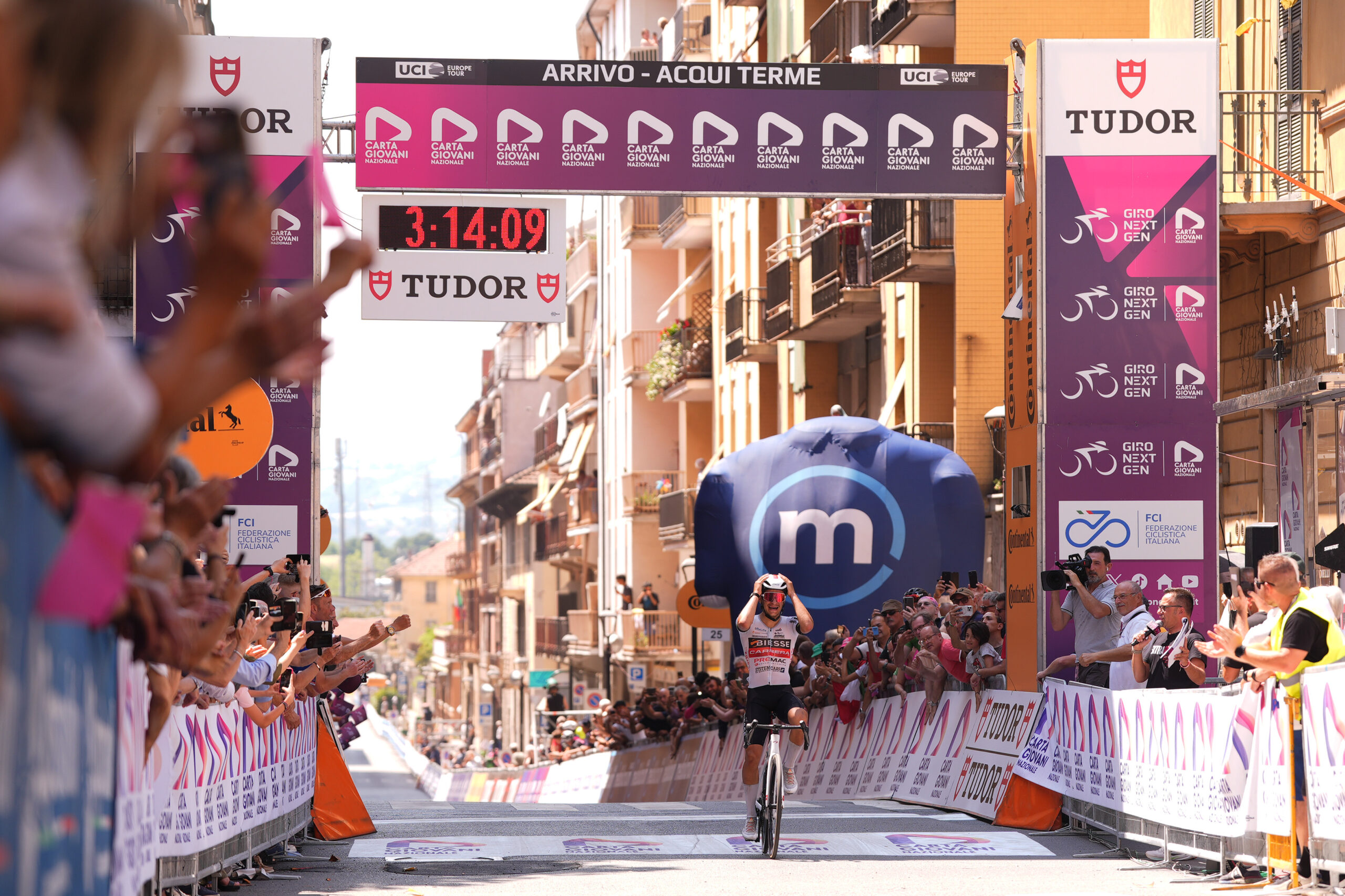
Giro Next Gen 2025 | Stage 6 | Best of
20/06/2025

